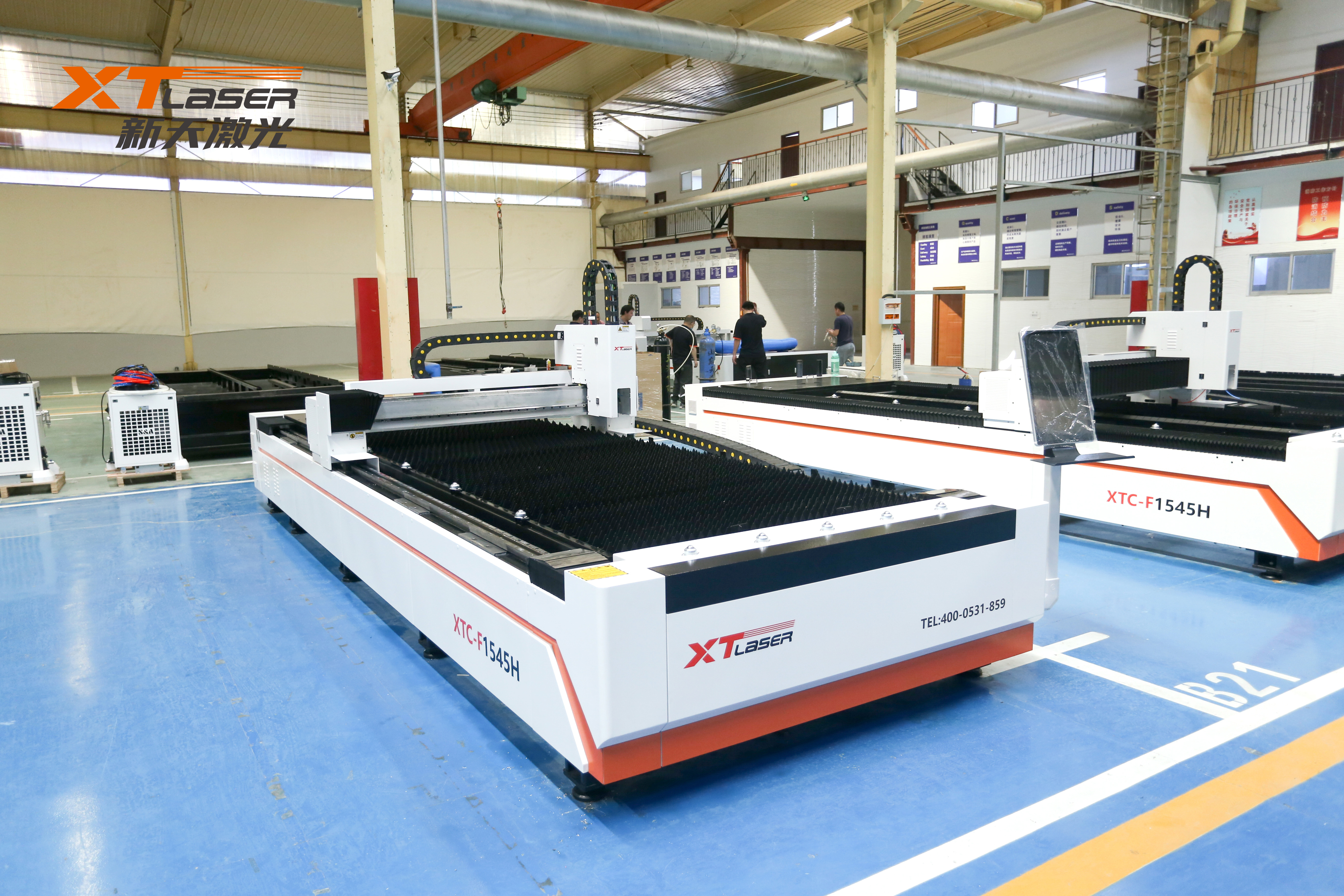Focal length of optical fiber laser cutting machine is important for metal material cutting
When is the best time to adjust the focal length of a laser cutting machine? Before cutting and punching any sheet, the distance between the laser focus and the cutting material must be adjusted. Laser cutting equipment has several focal lengths. Different focus positions often lead to different fineness of the cross-section of the cutting material. It is very important to reasonably adjust the focal length of the fiber laser cutting machine. If the laser cuts a thin plate, the focus is not really important. If laser cutting thicker plates, the power and speed have a significant impact on scum. In general, if it is lifting slag, the priority is whether the air pressure is too low or the speed is too slow. If it doesn't work, just adjust the frequency or straighten the optical path, we need to understand several focal lengths of fiber laser cutting machines.
Optical fiber laser cutting machine with three focal lengths.

When the focus of the fiber laser cutting machine is at the optimal position, the smallest slit and the highest efficiency can achieve the best cutting effect. The following are the focal lengths of three types of fiber laser cutting machines.
Negative focal length.
Negative focal length (the cutting focus is on the cutting material) is mainly used for cutting thick metal plates. Negative focal length cutting of thick plates requires a larger cutting width, resulting in insufficient oxygen delivered by the nozzle, resulting in a decrease in cutting temperature, and relatively rough cutting surfaces, which are not suitable for high-precision precision cutting.
Internal negative focal length.
Internal negative focal length (the cutting focus is located inside the cutting material) is commonly used in optical fiber laser cutting machines to cut materials such as aluminum, aluminum alloys, and stainless steel. According to the focusing principle, the cutting width is larger than the cutting point on the workpiece surface. In this mode, the optical fiber laser cutting machine has large airflow, high temperature, and slightly longer cutting and perforation time. Therefore, this cutting method is mainly used for cutting hard materials such as aluminum or stainless steel.
focal length
Focal length (the cutting focus is located on the surface of the cutting material) is usually a focus positioning method suitable for cutting materials such as SS41, SPH, and SPC. The focus of the 0 focal length cutting is close to the workpiece surface. Due to the different smoothness of the upper and lower cutting surfaces, the upper surface of the cutting is relatively smooth, while the lower surface is relatively rough. The positioning method of the cutting focus needs to be determined according to the actual process requirements of the upper and lower surfaces.
It is very important to determine the focus position of the fiber laser cutting machine according to the actual situation. Only a reasonable focus position can make the fiber laser cutting machine work more reasonable.
Focus relationship of optical fiber laser cutting machine: the focus is on the workpiece surface.
In this mode, the smoothness of the upper and lower surfaces of the workpiece is different. Generally speaking, the cutting surface near the cutting point is smoother, while the lower surface away from the cutting point appears rough. In practical applications, this mode should be determined based on the process requirements of the upper and lower surfaces.
The relationship between the focal points of a fiber laser cutting machine: the focal point is inside the workpiece.
This method is also known as positive focal length. When the workpiece you need to cut is stainless steel or aluminum plate, the mode where the cutting point is inside the workpiece is usually adopted. However, one disadvantage of this method is that because the focus is far from the cutting surface, the cutting width is relatively larger than the width of the cutting point on the workpiece surface. At the same time, this mode requires a large cutting airflow, sufficient temperature, and slightly longer cutting and piercing times. So when you choose the material of the workpiece, it is mainly made of hard materials such as stainless steel or aluminum.

